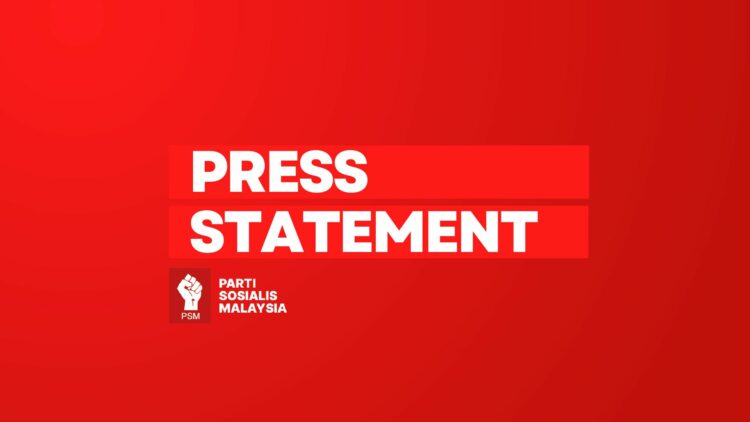
PSM STATEMENT: 17 JULY 2025 – THE LIKELY IMPACT OF TRUMP’S TARIFFS ON ORDINARY CITIZENS
Though the dust hasn’t fully settled, it appears that Trump is going to proceed with his plans to put tariffs on almost all imports into the United States. This is definitely going to impact the global economy. We need to be prepared for the economic challenges that ensue.
America’s import totaled USD 3.4 trillion in 2024[1]. Given the US GDP of USD 29.2 trillion[1], imports were 11.6% of US GDP by value. Trump has said that he wants US producers to produce more of the goods that are currently being imported. But that, obviously, cannot occur overnight. So, these goods will still have to be imported, but perhaps from a country with a slightly lower tariff.
The impact of these tariffs on the US population would be a higher retail price for imported goods, as the importing firms and retail outlets will try to pass as much of the increase in prices to the US consumers. In the case of non-essential goods, which have a more elastic[2] price-demand curve, the US importers and the retail businesses in the US might absorb some of the increase in prices.
The tariffs collected by US Customs will go to government coffers. The income of US households will not be augmented in any way because of these tariff collections. On the contrary, the real purchasing power of US households will decrease by about 10% to 20% because the prices of goods have increased. This decrease in real[3] buying power will depress the demand for goods and services produced in the US and tend to push the US economy into a recession. The increase in the cost of living is likely to increase the level of unhappiness in the US public.
Countries exporting to the US will also face recessionary pressures as the US market for their goods shrinks as a result of the decline in real buying power of the US population. The countries punished with higher tariffs might see their exports being substituted by relatively cheaper goods produced by countries that have been prescribed lower tariffs. The countries with the higher US tariff would therefore face stronger recessionary pressures.
Global exports of goods were USD 25 trillion[4] in 2024. US imports of goods are equivalent to about 13.6% of total export value of goods in the world. This is significant, and taking into account the existing over-capacity in multiple sectors – housing, construction, iron and steel, several commodities etc – this additional downward pressure is likely to push the global economy into a downward spiral, which as usual, will affect the bottom 20% of the population in all countries most adversely, as they are the least likely to have savings or be enrolled in social protection schemes.
If a recession unfolds, it probably will occur about a 1 year from now, as it takes time for the negative multiplier effects[5] to kick in. That gives us sufficient time to plan carefully how we in Malaysia can manage this downturn. As the PSM stressed during the Covid induced lockdowns in 2020-2021, one of the primary policy goals should be to ensure that no Malaysian is deprived of basic needs – food, housing, health care and education. We have more than enough resources to ensure that. But we need to work on a good contingency plan.
The PSM calls on the Madani government to take the possibility of a global recession seriously and start working on a contingency plan to deal with it.
Released by,
Jeyakumar Devaraj
Chairperson
Parti Sosialis Malaysia
Notes
- https://tradingeconomics.com/united-states/gdp
- Elasticity of prices refers to the impact of prices on the effective demand for particular goods. Essential goods tend to have inelastic demand. In other words, people will have to buy them even though they are more expensive. Basic food products and medicines fall in this category.
- Real buying power is the actual buying power after taking into account inflation.
- UNCTAD figures. Trade in services accounted for about USD 7 trillion.
- Multiplier effects refers to the knock-on effects of an economic event. For example, the reduction of total income received by the factory workers in a country due to loss of overtime (due to reduction of exports to the US) for example, will lead to a decrease in aggregate demand in that economy, which in turn will lead to some lay-offs as well further diminution of overtime, which will further aggravate the decrease in aggregate demand.















